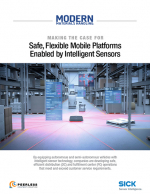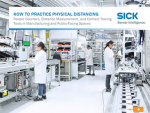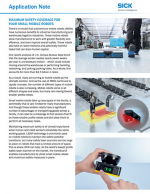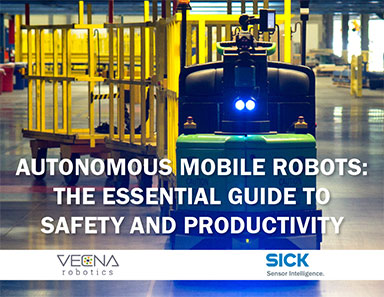Autonomous Mobile Robots: The Essential Guide to Safety and Productivity
From production to delivery, automation is happening in all industries. Industry trends show that the use of autonomous mobile robots show no sign of slowing down.
Workplace safety and productivity on the production floor are closely related. Manually operated material handling equipment can be subject to a great deal of wear-and-tear due to aggressive driving habits typical of fast-paced environments, as well as accidents and collisions.
The high risk of injury and its associated cost from aggressive and inexperienced driving makes warehouse safety a top concern for industrial settings.
OSHA estimates that 97,000 forklift injuries occur annually. In 2017, the Bureau of Labor Statistics reported an average of five injury and illness cases per 100 full-time workers for the warehouse and storage industry.
Not only do these accidents and injuries take a toll on workers’ health, but they also lead to costly insurance premiums. These factors – combined with low job satisfaction, high employee turnover, vehicle collisions, damaged goods, and wear-and-tear to material handling equipment – negatively impact productivity on the floor.
In response to these common challenges, the use of self-driving vehicles and robotics in the warehousing industry is rapidly becoming the norm. Automated material handling equipment – including Autonomous Mobile Robots (AMRs), Automated Guided Vehicles (AGVs), Visually Guided Vehicles (VGVs), and robots by any other name – can reduce the risk of workplace injury and increase equipment longevity, while also improving efficiency and reducing costs.
However, not all robots are made equally. SICK, Inc. and Vecna Robotics, Inc. have partnered to create a system that maximizes throughput, warehouse density, worker safety, and equipment longevity with a Performance Level D safety system, a high-level navigation system, and advanced braking.
What’s Related




Favorites





